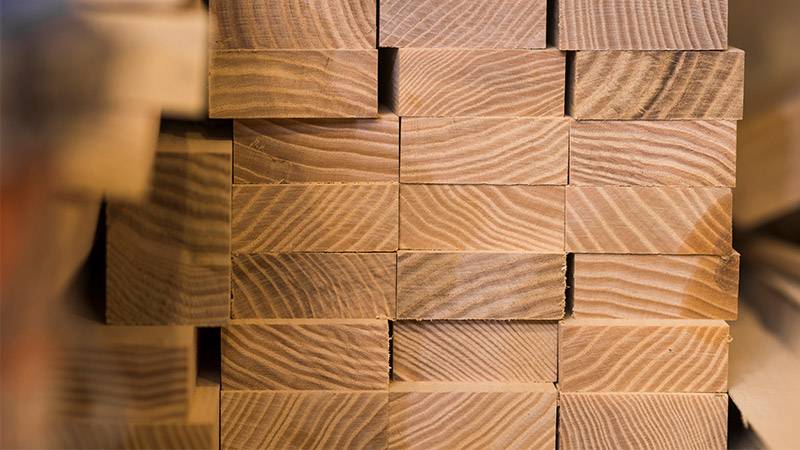In a shift towards sustainable architecture, mass timber is gaining prominence in construction, thanks to pioneers like Justin Brown, a project structural engineer at StructureCraft in Abbotsford, British Columbia. Brown’s childhood passion for building with wood has evolved into a career in mass timber construction, a field that offers ecological advantages and revolutionary design possibilities.
Mass timber, made from engineered wood products bonded with materials like glue, nails, or dowels, is changing the landscape of construction. Its laminated panels enable the creation of large structures, such as the 25-storey Wisconsin tower, the world’s tallest mass timber building. This approach simplifies construction, resembling an “Ikea project,” where prefabricated panels are assembled with a set of instructions, allowing rapid on-site construction. This was demonstrated in the swift erection of StructureCraft’s facility in 2017.
The interest in mass timber started in Europe around three decades ago before catching on in North America. The method is particularly suitable for regions like British Columbia and the U.S. Pacific Northwest, given their abundant forests and stringent seismic safety standards near the Cascadia subduction zone. Mass timber gained international attention during the 2010 Vancouver Olympics with the Richmond Olympic Oval’s striking architecture, showcasing mass timber’s potential in large-scale projects.
Governments in British Columbia and Canada support the mass timber industry, anticipating the opening of seven more manufacturers by 2035. This support is crucial, given construction’s significant contribution to greenhouse gas emissions. Mass timber is seen as a sustainable alternative, as it stores carbon and is sourced from renewable resources. However, environmental groups like those in Oregon emphasize the need for sustainable forest management to validate mass timber’s green claims.
Mass timber’s versatility is evident in various Canadian projects, ranging from bridges to community centers. Its different forms, like cross-laminated, glue-laminated, and nail-laminated timber, offer diverse strengths and applications. StructureCraft specializes in dowel-laminated timber, which uses no nails or glue, further emphasizing sustainability.
Considering that construction accounts for 13 per cent of the country’s greenhouse gas emissions, proponents of mass timber say it offers a sustainable building solution, as wood stores carbon and trees are a renewable resource.
Despite its wooden nature, mass timber is resilient in fires due to its solid, compressed form, which resists air and fire penetration. In seismic events, its flexibility and light weight offer advantages over concrete. Brown’s expertise in timber and earthquake engineering contributes to this understanding, crucial for regions like the West Coast, prone to seismic activity.
Mass timber’s adoption is exemplified by the Brock Commons Tallwood House at the University of British Columbia, a pioneering 18-storey student residence. According to The Tyee, the project highlighted the environmental benefits of mass timber, reducing carbon dioxide emissions significantly. However, mass timber construction currently comes at a premium, which is a barrier to its widespread adoption.
The mass timber industry is expanding, with North America seeing a rise in manufacturers. The sector’s growth is also evident in international markets like China, which rely on North American expertise. This expansion requires ongoing research into mass timber’s long-term performance and adaptation in building codes.
In British Columbia, upcoming projects like the new Vancouver Art Gallery and the Burnaby community center showcase mass timber’s growing role in architecture. Beyond structural and environmental benefits, mass timber offers a unique aesthetic and psychological advantage, creating spaces that are warm, calming, and connected to nature. Brown’s personal experience reinforces this, comparing the tranquility of mass timber buildings to the serenity of forests, illustrating the intangible yet profound impact of this revolutionary building material.
More inspiring green news similar to this:


